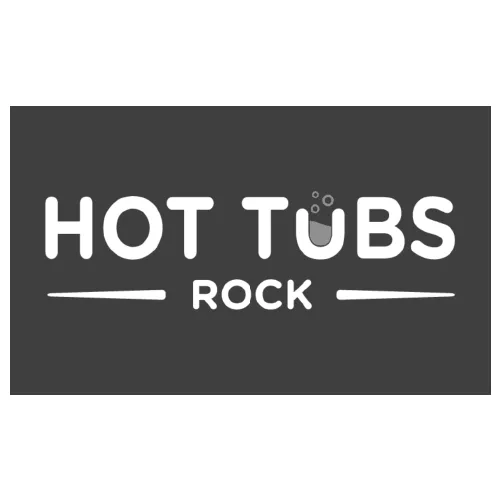
No items found.
Care homes house some of the UK’s most vulnerable citizens, and it is vital that measures are taken to control Legionella in care homes, not just for legal compliance, but also for the wellbeing of residents. In 2018, a leading care home operator was fined £3m after failing to effectively manage Legionella risks, which sadly contributed to the death of a resident.
Research from the UK Health Security Agency shows that the number of cases of Legionnaires’ disease in the UK rose between 2017 and 2023, with 604 confirmed cases in 2023. The same data also demonstrates that Legionnaires’ disproportionately affects those over the age of 70.
The control and monitoring of Legionella in care homes is managed by a collection of legislation, regulations and guidance, including:
Health and Social Care Act, 2008 (Regulated Activities) Regulations – this is the set of regulations that the Care Quality Commission (CQC) uses to guide its inspections of care homes. It requires homes to prevent the growth and spread of Legionella.
Health and Safety at Work Act, 1974 – because care homes are also workplaces, they are covered by the Health and Safety at Work Act, which states that employers must safeguard their staff from exposure to Legionella.
Control of Substances Hazardous to Health (COSHH) Regulations – Legionella bacteria is listed as a hazardous substance under COSHH, and employers are required to control it.
Approved Code of Practice for Legionella Control (ACOP L8) – ACOP L8 is the HSE guidelines which describe who is responsible for Legionella management and the steps they must take.
HSG274 – this is a collection of guidance documents which detail the methods of Legionella control in evaporative cooling systems, hot and cold water systems and other ‘risk systems’ including spas and pools.
In short, the need for Legionella control in care homes is laid out in the Health and Social Care Act, COSHH and the Health and Safety at Work Act. Who is responsible for its control and how they should go about it is described in ACOP L8 and HSG274.
Control measures will involve steps such as temperature checks, flushing and possibly disinfectant dosing. The exact control scheme required at your site will be influenced by your Legionella risk assessment, which should be conducted first.
The steps to control Legionella in care homes will vary from home to home, based on specific water systems and risk assessments. However, common procedures include:

Temperature checks: hot and cold water temperature checks in care homes ensure that water is not sitting at temperatures that encourage Legionella growth (20˚ C - 45˚ C).

Thermostatic mixing valve (TMV) servicing: TMVs need to be regularly disassembled, cleaned and serviced to prevent bacterial growth.

Shower descaling: descaling and cleaning showers helps prevent the growth and release of Legionella bacteria.

Expansion vessel flushing: expansion vessels should be flushed routinely to prevent water stagnation.

Tank inspections: storage tanks should be inspected and chlorinated if necessary.

Calorifier base purging: purging the base of calorifiers and other hot water storage tanks to remove sludge helps prevent Legionella growth.

Outlet flushing: outlets, particularly those that are not used often, should be flushed regularly.
The responsibilities for monitoring Legionella in care homes and other premises are set out in ACOP L8. According to the code of practice, primary responsibility lies with the ‘duty holder’, who is the owner or operator of the site.
However, ACOP also requires the duty holder to appoint a ‘responsible person’ to oversee the routine management of Legionella control procedures. This person must be competent in regard to their role and in a position of suitable authority to carry out their duties.
In the case of care homes, the responsible person is usually the home manager. They will need to ensure that a Legionella risk assessment is conducted, that a control scheme is implemented and followed and that records are kept.
In accordance with ACOP L8, the duty holder must “[…] ensure that the person who carries out the risk assessment and provides advice on prevention and control of exposure must be competent to do so.”
The best way to ensure you are working with a competent assessor is to speak to a professional water hygiene consultancy such as EMS Water. Our assessors work according to BS 8580-1:2019 standards and are highly experienced and thoroughly competent.
We can help you confidently meet your legal obligations as well as maintain compliance with CQC standards.
In 2018, Bupa was fined £3 million when a resident at one of its homes sadly died after contracting Legionnaires’ disease. It was found that the home had failed to implement adequate control measures and that staff were not properly trained in how to conduct routine prevention tasks.
In 2013, a home in Wirral was fined £40,000 following an HSE inspection which revealed that a proper risk assessment had not been conducted even after the home was issued an enforcement notice.
With concentrations of elderly and vulnerable residents, improper Legionella control practices in care homes can lead to a range of issues, including harm to residents, and could result in legal problems for care providers.
The exact steps for controlling Legionella in care homes vary depending on the nature of each site. Determining the appropriate control scheme for your home will require a Legionella risk assessment from a competent provider.
At EMS Water, our assessors work in accordance with BS 8580-1:2019 standards and can follow each assessment with a bespoke Legionella control programme, which we can help you implement to safeguard residents and staff and maintain legal compliance.
To book your Legionella risk assessment, call our team on 0800 358 110, email us at info@emswater.co.uk or fill out our contact form.



